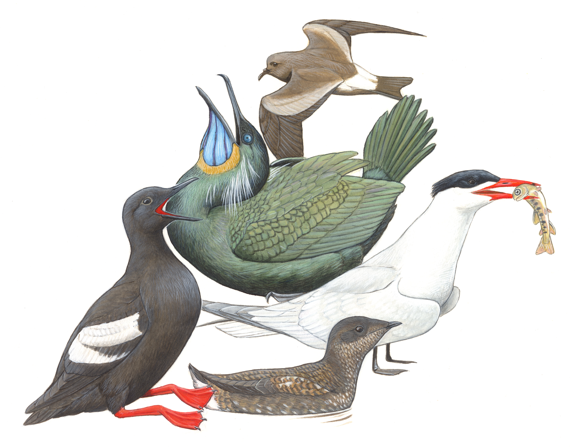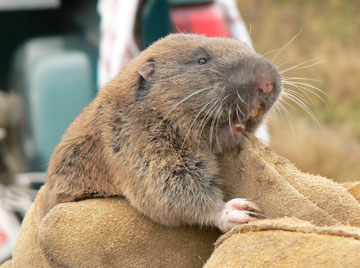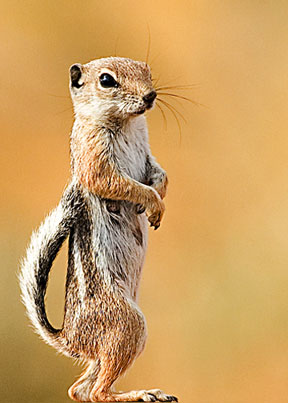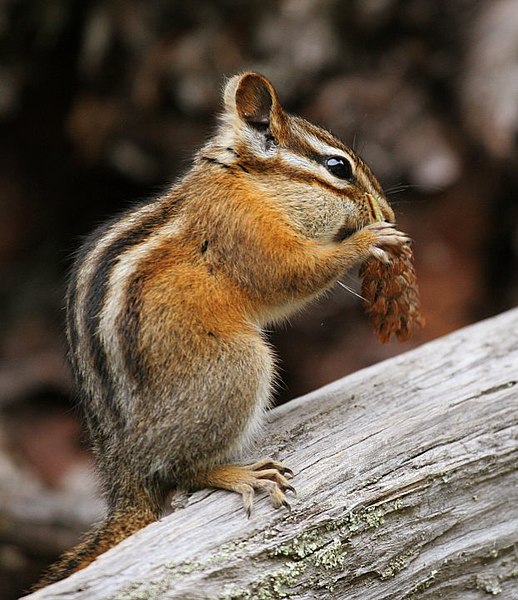We become so used to seeing birds such as robins and
chickadees and sparrows that we notice right away when one of them is oddly
colored. The abnormal color variations that are seen in birds often are the
result of mutations that involve the reduction or lack of melanin pigments. When
melanin is reduced, dark feathers become paler, even whitish. When melanin is
absent, feathers are pure white.
Albinism involves
a complete absence of melanin and usually results in a pure white bird with red
eyes. The melanin pigment that gives birds brown eyes is absent, so the red
blood is visible through the transparent cornea. This mutation does not affect
other pigments, so if a bird has carotenoid pigments coloring it red or yellow,
that color may remain.
Leucism is
different from albinism in that it may affect all pigment types, reducing their
concentration to produce a paler bird or eliminating them entirely to produce a
white bird. This can occur in some or all feathers, making some birds a
patchwork of normal and white or whitish feathers. A bird that is white with
brown eyes is leucistic.
Odd variants are typically seen in the most common birds, so
even when such a mutation is rare, we see enough individuals to eventually
encounter a funny-looking one. Robins that were pale overall have been reported
with some regularity. Dark-eyed Juncos are often reported with scattered white
feathers, even a head pattern somewhat like a chickadee; pure white ones are
much rarer, perhaps in part because they are very conspicuous to predators and
don't last long! You can see why these mutations would remain rare.
Some populations of Black-capped Chickadees in the Seattle
area have persistent leucistic genes, and individuals are seen year after year
in a neighborhood with different combinations of whitish caps and backs and
white outer tail feathers (looking a bit like a junco as they fly away).
Apparently chickadees don't have enough visual predators to eliminate these
genes entirely.
I know of at least four male Red-winged Blackbirds in
Washington that had plumage almost identical to the one shown here. Apparently
that leucistic mutation is widespread in the genome of this species, at least
in the Pacific Northwest. Is this some basic blackbird color pattern that is
suppressed by the males' black pigment?
Leucism can be hard to detect in birds such as gulls that
are already gray and white, but a pure white one like this Ring-billed Gull
usually indicates this mutation. Remember that egrets and swans aren't leucistic;
they just evolved white plumage, obviously advantageous to them.
Dennis Paulson
.jpeg)
7.jpg)
564.jpg)

.jpg)
5.jpg)








